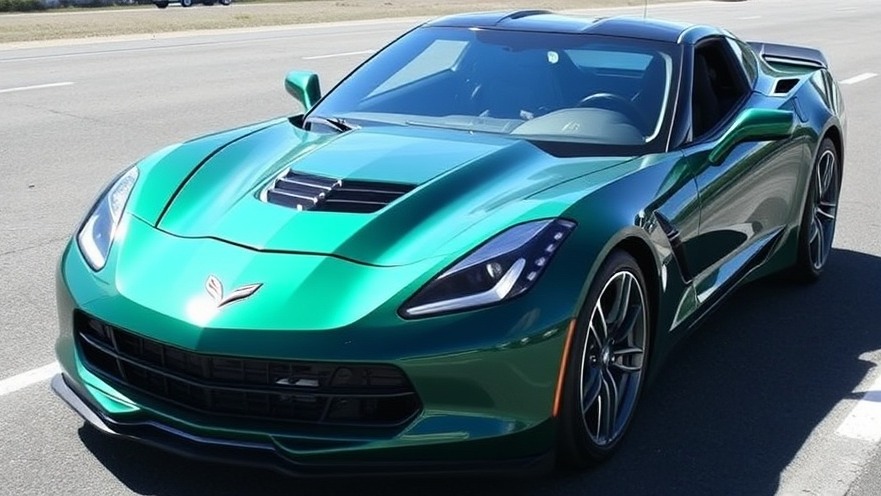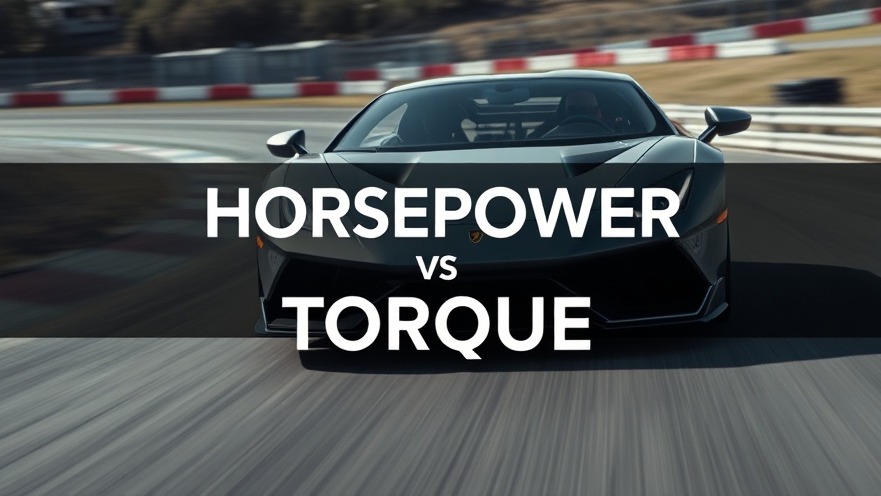
The Chase for the 400 MPH Threshold
In the ever-evolving world of supercars, the thrill of speed continues to dominate the conversation. Recently, the Yang Wang U9 Extreme captured worldwide attention, clocking a staggering near 500 km/h. But as impressive as this feat is, the real question on everyone's mind remains: Can any car actually break the 400 mph barrier?
In 'The Fastest Car On The Planet - Is 400MPH Possible!?' the discussion dives into astonishing vehicle capabilities and record speeds, sparking deeper analysis on our end.
Power Meets Possibility: The Math Behind Speed
The Yang Wang U9 Extreme boasts nearly 3,000 horsepower, catapulting it into elite company with just a handful of other production cars that have surpassed 300 mph. To gauge how close we are to that elusive 400 mph mark, we must look at the numbers. By calculating power against resistive forces like aerodynamic drag, experts anticipate that, theoretically, the U9 could hit speeds of around 415 mph. This calculation hinges on a specific drag coefficient, tire effectiveness, and the car's overall design.
Understanding the Engineering Marvel
One of the U9's standout features is its four electric motors, capable of spinning at an astonishing 30,000 RPM. This high RPM allows the car to maintain power at higher speeds. Unlike traditional vehicles, the U9's design enables an aggressive gear ratio, paving the way towards that higher top speed without compromising acceleration.
What a 30C Discharge Rate Means for Performance
A 30C discharge rate seems astounding for a production vehicle. This specification indicates the car's battery can empty its energy reserves in about two minutes if performing at peak performance continuously. This rapid energy output puts the Yang Wang U9 on a different level compared to other competitors in the electric supercar market, such as the Lucid Air and Tesla.
The Heavyweight Champion of Supercars
While the U9 flaunts exceptional power and speed potential, it does come with a hefty weight – over 2,480 kg. The balance between being lightweight for speed and having a substantial battery for power exposes a dilemma. Heavier cars might require more robust components to handle the strain of high speeds, making weight a crucial factor in the quest for record-breaking speeds.
A Glimpse into the Future: What Lies Ahead?
The innovations seen in the Yang Wang U9 Extreme signal a thrilling chapter for high-performance vehicles. Manufacturers are racing not only for speed but for advancements in battery technology and aerodynamics. As the industry explores possibilities, it’s easy to envisage what the future holds: cars that could very well exceed current limits. However, safety, engineering, and practicality will always be paramount in these developments.
As auto enthusiasts gather around this ambitious evolution in speed, one must not forget the implications of such power. While record-breaking feats make headlines, they also lead us to consider the next generation of driving experiences. With the Yang Wang U9 Extreme leading the charge, the dream of a car breaking the 400 mph barrier may be more real than ever.
If you’re eager to learn more or have thoughts to share about the thrilling world of supercars, let’s keep the conversation going. Join the discussion, educate and ignite your passion for incredible automotive innovation.
 Add Row
Add Row  Add
Add 




Write A Comment